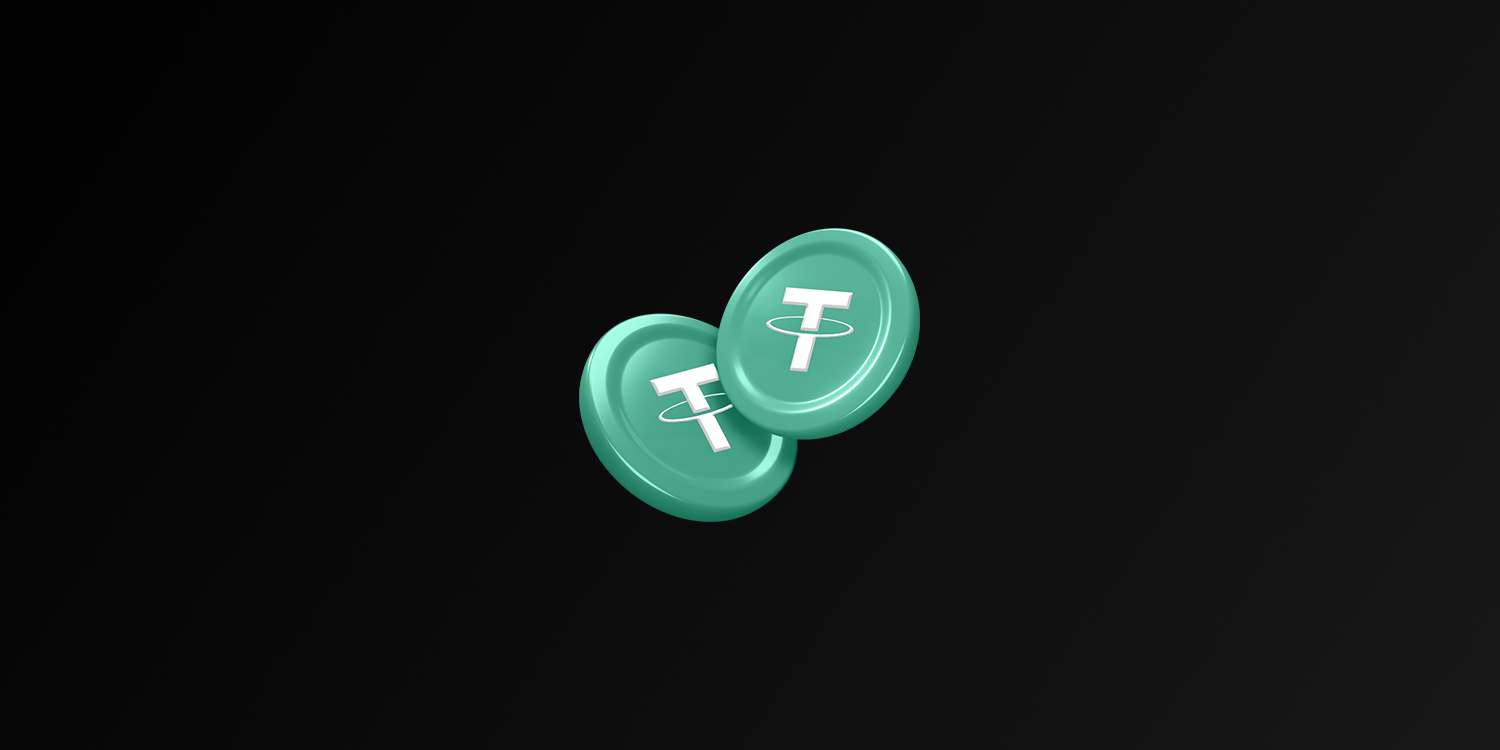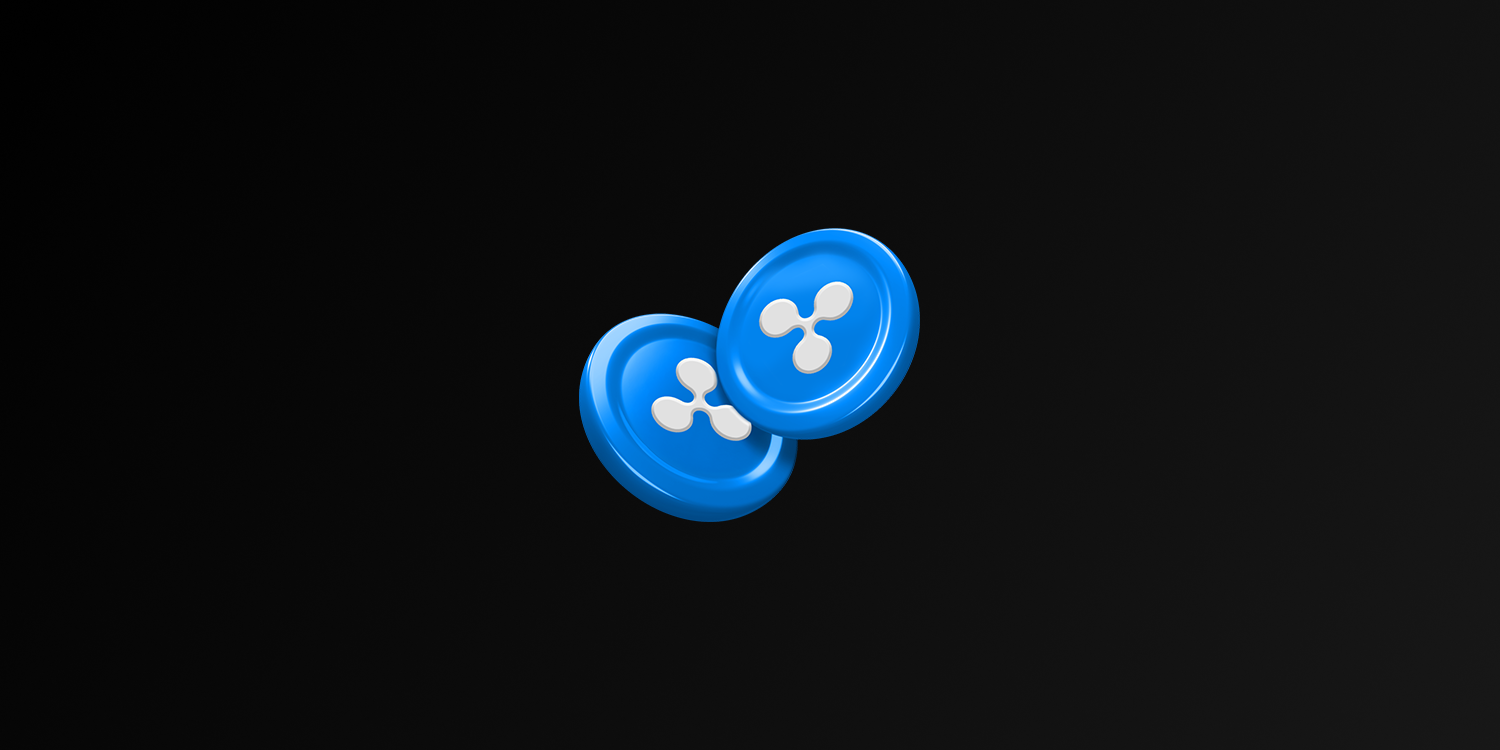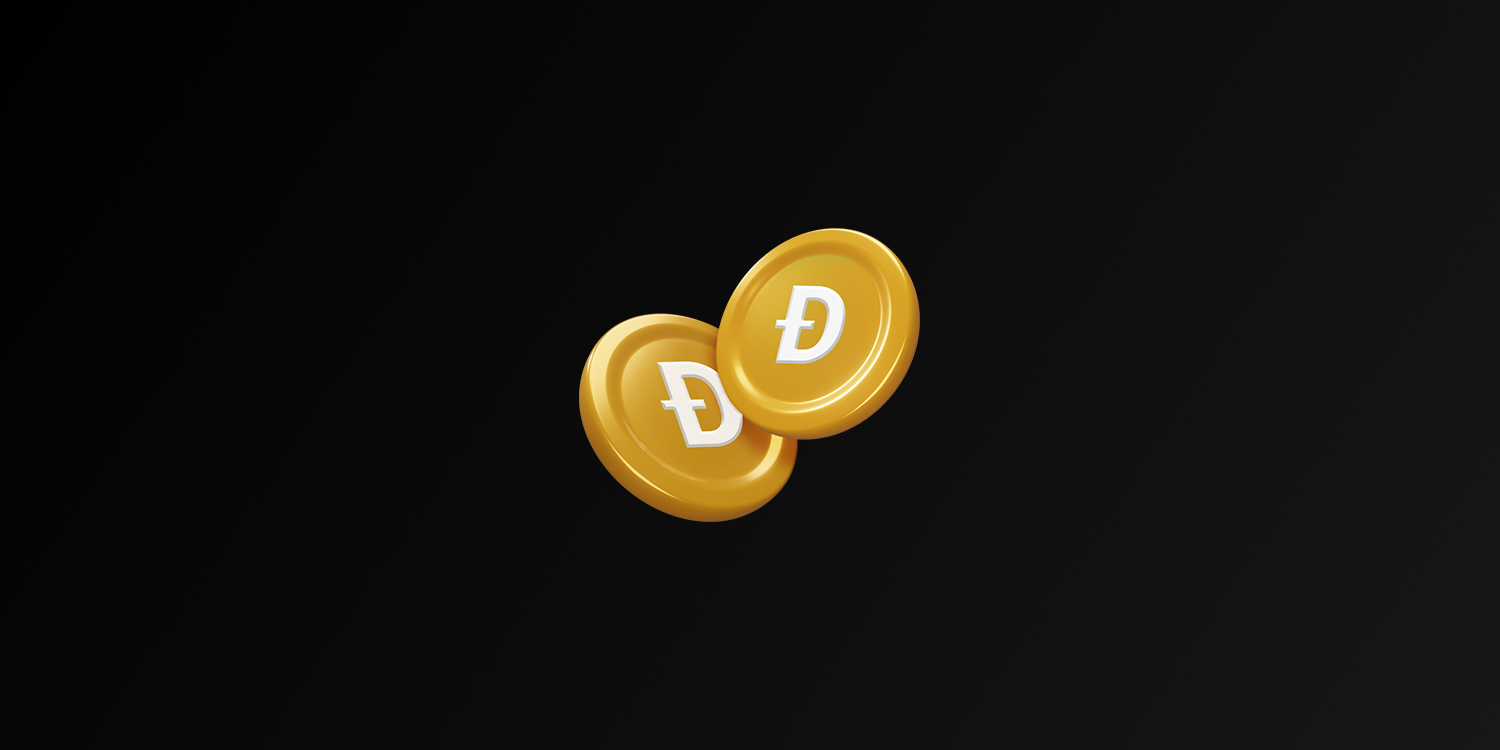Introduction
| Attribute | Details |
| Founder | Brock Pierce, Reeve Collins, Craig Sellars |
| Year Established | 2014 |
| Category | Stablecoin |
| Description | Tether is a stablecoin pegged to the USD, providing stability to valuable assets on the blockchain. It is designed for users who want to avoid cryptocurrency volatility, claiming that each USDT is equivalent to 1 US dollar. |
Tether (USDT) is one of the most widely used stablecoins in the cryptocurrency world. It was founded in 2014 by Brock Pierce, Reeve Collins, and Craig Sellars as a digital asset pegged to the US dollar. Tether operates on blockchain technology, with each USDT being claimed to be equivalent to one US dollar. This feature allows users to shield themselves from the volatility of cryptocurrency markets and use a more stable store of value. Stablecoins like Tether are commonly used in trading and investment to avoid the impact of value fluctuations in cryptocurrencies.
How Does Tether Work?
Tether (USDT) functions in the following way:
Backed by Reserves:
Every USDT token is claimed to be backed by an equivalent amount of US dollars or other assets held by the Tether company. This ensures that each USDT remains worth 1 US dollar.
Issuance and Burning:
- When users deposit US dollars with Tether, new USDT tokens are issued.
- When users convert USDT back to fiat currency, the tokens are burned (removed from circulation) and the equivalent fiat amount is returned.
Blockchain-Based Transfers:
USDT tokens can be transferred across different blockchain networks (e.g., Ethereum, Tron). These tokens can be sent and received via digital wallets.
Maintaining Stability:
The value of USDT is kept consistently pegged to 1 US dollar, providing a safe haven for users who want protection from cryptocurrency volatility.
Tether’s Technological Structure
Tether’s technological foundation relies on a blockchain infrastructure to maintain its stablecoin functionality. Here are the key components of Tether’s technological structure:
- Blockchain Base
Tether operates on multiple blockchain platforms, including:
Bitcoin (Omni Layer): The original version of Tether was created using the Omni Layer protocol on the Bitcoin blockchain.
Ethereum (ERC-20 Token): Tether operates as an ERC-20 token on Ethereum, utilizing the smart contract features offered by the Ethereum network.
Tron (TRC-20 Token): It is also supported on the Tron blockchain, providing faster transactions and lower fees.
Other Blockchains (Solana, Algorand, and EOS): Tether operates on various platforms, ensuring liquidity across different networks.
- Centralized Model
Tether’s technological model is centralized, with each USDT token managed and backed by reserves held by the Tether company. The company commits to maintaining an equivalent amount of US dollars (or other assets) for each Tether token in circulation. This central structure helps ensure the stability of its value.
- Smart Contracts
Tether operates through smart contracts on platforms like Ethereum. These smart contracts manage the minting, distribution, and burning of tokens.
- Proof of Reserves
Periodic audits are conducted to verify Tether’s reserves. Third-party auditors are often used to demonstrate that USDT is fully backed by assets.
- Compliance and Transparency
Tether adheres to regulatory standards, including KYC (Know Your Customer) and AML (Anti-Money Laundering) policies, to ensure transparency and prevent money laundering. Regular transparency reports are also published regarding the reserves.
In summary, Tether’s technological framework is built on a multi-chain system, supported by centralized reserve management.
Where to Use Tether?
Tether (USDT) serves many functions within the cryptocurrency ecosystem, playing a key role in several areas:
- Providing Stability in Crypto Trading
Cryptocurrency markets are highly volatile. Investors often move into USDT to protect themselves from market downturns or to secure profits. Since USDT’s value is stable, investors can safeguard their assets without exposure to market fluctuations.
- Trading Pair Usage
On many crypto exchanges, USDT is used as a trading pair with assets like Bitcoin (BTC), Ethereum (ETH), and others. This allows investors to trade with a stable digital asset without converting back to fiat.
- Cross-Border Transfers
Tether is commonly used in international money transfers. Compared to traditional banking, cross-border transactions using USDT are faster and have lower fees, which is particularly beneficial for global trade and individual remittances.
- DeFi (Decentralized Finance) Applications
USDT plays a vital role in DeFi platforms, where it is used for providing liquidity, borrowing, and lending. It is especially popular in liquidity pools, where users prefer stablecoins for minimizing risk.
- Digital Payments
Tether is used for digital payments in e-commerce and other online platforms. Some businesses accept Tether for payments, reducing the risk associated
Conclusion
Tether (USDT) serves as a critical component in the cryptocurrency ecosystem, offering stability and efficiency in trading, facilitating cross-border transfers, and enabling various decentralized finance applications.
Its robust technological framework and adherence to regulatory standards make it a reliable choice for users seeking to navigate the volatile crypto markets while maintaining a stable store of value.





